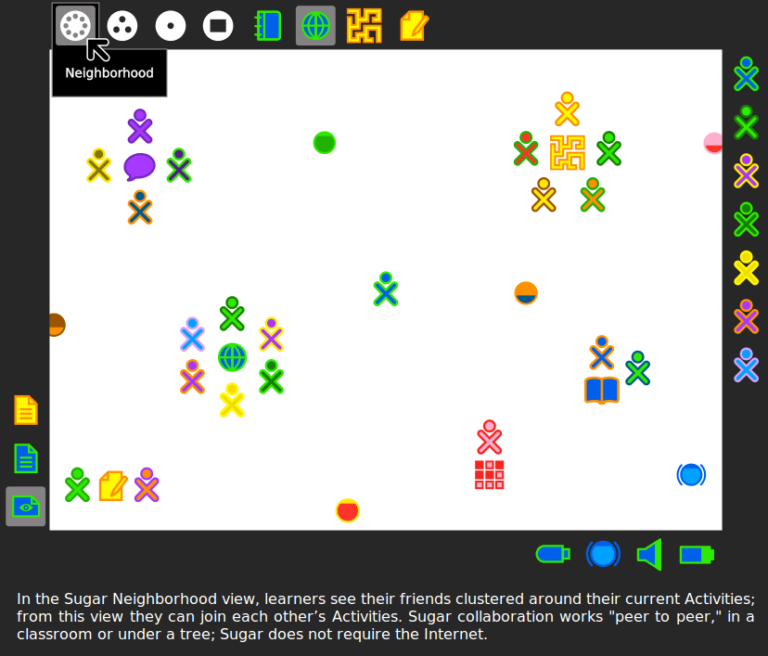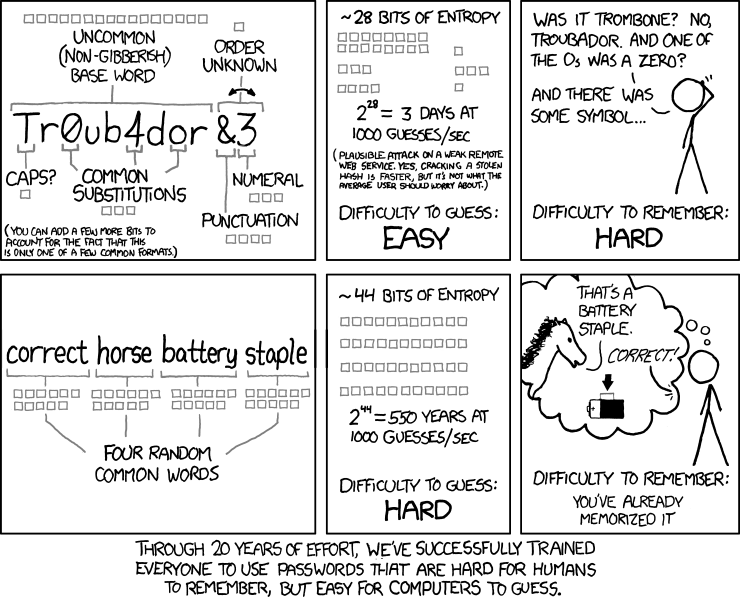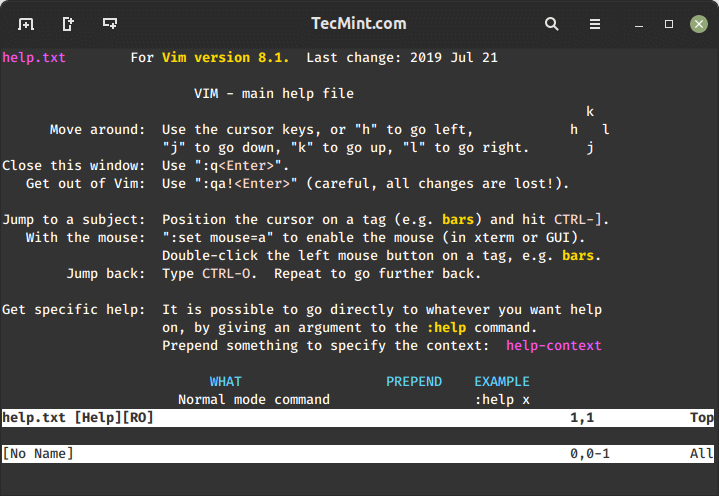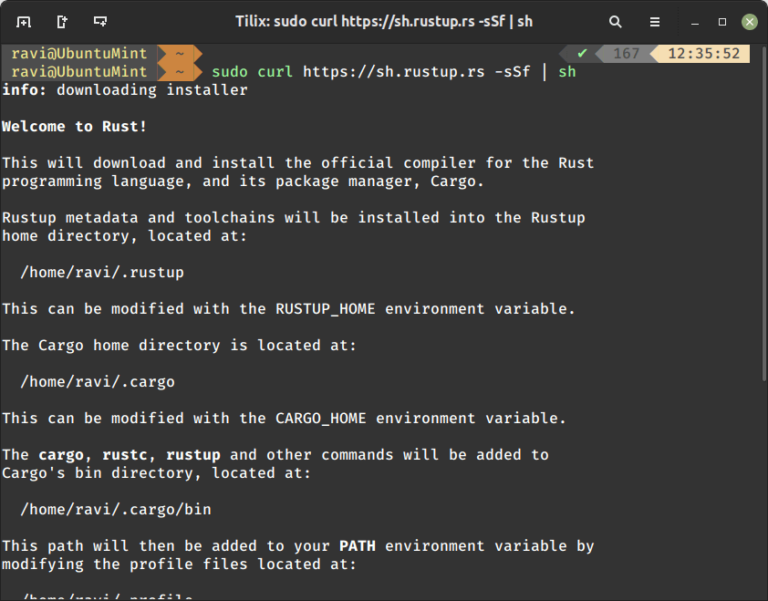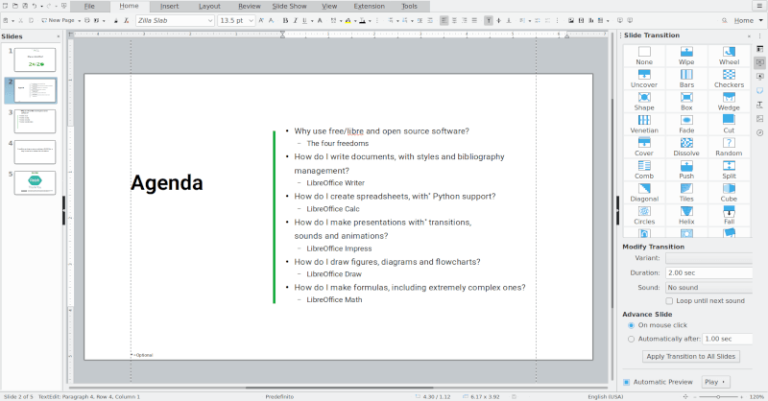25 Lesser Known Facts About GNU/Linux You Didn’t Know
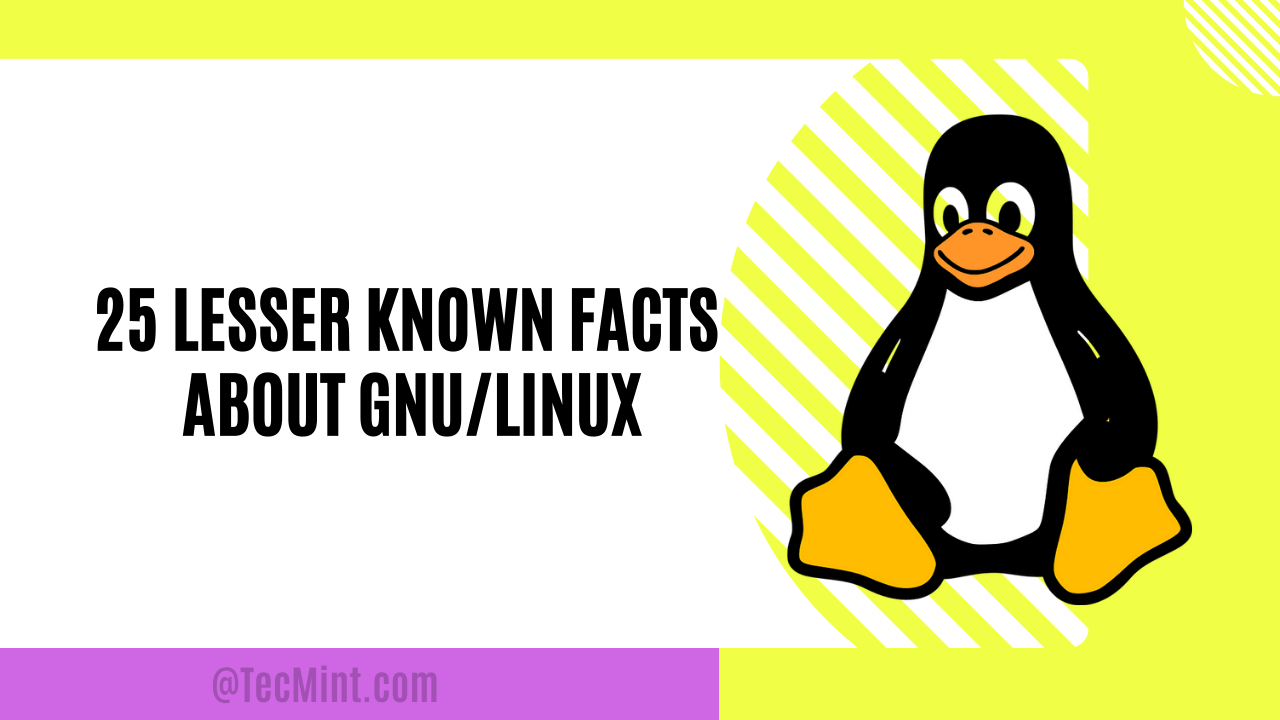
Linux, the open-source operating system, has a rich and fascinating history. While many are familiar with its core principles and widespread use, there are lesser-known aspects that add depth to the Linux story.
In this article, we’ll explore into 25 interesting facts about GNU/Linux that might surprise you.
1. Linux is a Kernel
Linux is essentially a kernel and not an operating system. The term “Linux” is commonly used to refer to operating systems based on the Linux kernel such as Ubuntu, Debian, Fedora, Mint, and so much more.
These are correctly referred to as Linux distributions or flavors since they ride on the Linux Kernel, which is the core of any operating system and interfaces the underlying hardware with the operating system and installed applications.
2. Linux Has Its Origins in UNIX
The Linux Kernel was developed by Linux Torvalds, a Finnish computer scientist. It was officially released in 1991 under the GNU General Public License.
It was a hobby project he was working on while still a student at the University of Helsinki. He was working on a project based on Minix, a UNIX-based operating system.
3. Linus Never Intended to Make Money Out of Linux
As a strong advocate for open-source software, Linux never intended to commercialize Linux. In fact, as a hobby project, Linus Torvalds, the creator of Linux, never envisioned making a profit from his groundbreaking operating system.
When he started working on Linux in 1991, his primary motivation was to develop a free and open-source alternative to proprietary Unix systems. Torvalds released Linux under the GNU General Public License, ensuring that it would always remain open for anyone to use, modify, and distribute freely.
This commitment to openness and collaboration led to rapid growth and popularity over the years to become one of the most essential operating systems in the IT world.
4. Hundreds of Linux Distributions
Currently, there are over 600 Linux distributions ranging from popular distributions (or distros) such as Ubuntu, Debian, and Fedora to newer distributions such as Rocky and AlmaLinux.
You can get a comprehensive list of all the distributions on distrowatch.
5. The Vastness of Linux Code
As of November 2023, the Linux kernel has over 36 million lines of code, in accordance with the latest stable versions available at that time is – Linux Kernel 6.5.
The vastness of code is due to the fact that the Linux kernel is responsible for a wide range of tasks, including managing the hardware, memory, and processes of a computer system.
6. Linux Is Written in C Language
The Linux Kernel is predominantly written in C and hosted on GitHub. It enjoys an impressive 160k stars with over 14,600 contributors to its code.
The first kernel version – Version 0.01 – contained about 10,000 lines of code.
7. Tux Is The Official Mascot of Linux
The official Mascot of the Linux kernel is a Penguin character called Tux. The idea was inspired by Linus’ encounter with a Penguin at a National Zoo during his trip to Australia in 1993.
This is the commonly used logo for Linux and is depicted in various graphical styles.
8. The First Linux GUI Distribution
One of the first Linux distributions is the Softlanding Linux System, shortened as SLS. It was the first Linux distro to include the X window system or GUI (Graphical User Interface).
It was released in 1992 and was the predecessor to Slackware which was released on July 16, 1993, and is supported to date.
9. Debian: The Mother of Many Linux Distributions
Debian was among the first GNU/Linux distributions to be community-driven. Debian 0.01 was the first Debian release and was made publicly available on September 15, 1993. Its first stable version – Debian 1.1 – was released on June 17, 1996.
Debian is considered the ‘Mother’ of many Linux distributions. Popular Debian-based Linux distributions include Ubuntu, MX Linux, Deepin, Pop! OS, Zorin OS, and Kali Linux to mention a few examples.
10. The First Commercial Linux Distribution
Yggdrasil is the first commercial Linux distribution and was released in Live CD format on 8, December 1992, offering a unique blend of open-source software and a user-friendly interface for sale, marking a significant milestone in the history of Linux.
Yggdrasil incorporated the X Window System and provided a graphical user environment when Linux was primarily command-line-based. Although it faced competition from free Linux distributions, its pioneering approach paved the way for the commercialization of Linux and the development of more user-friendly distributions in the years that followed.
11. Linux Dominance in Supercomputers
It commands a market share of 48% as of June 2022. In addition, it powers nearly 90% of the cloud and is the most widely used operating system on popular cloud platforms including Microsoft Azure and AWS.
As a result, Linux has become the operating system of choice for pushing the boundaries of scientific and technological innovation in the supercomputing arena.
12. Linux Powers a Multitude of Devices
Nowadays, Linux runs on almost anything: servers, desktops, smartphones, smart watches, etc. Almost every hand-held device has a Linux kernel at the core of its operating system.
Linux’s open-source nature allows developers to customize it for different devices and software needs, making it a widely used operating system in the world.
13. Linux Dominates Web Servers
By 2023, 96.3% of the top 1,000,000 web servers were reported to run on Linux. The Android operating system is based on a highly modified version of the Linux kernel.
Many websites you visit daily are hosted on servers running Linux due to its stability and security making it a top choice for web hosting companies, as it can handle a heavy load of website visitors without slowing down.
14. Linux on Every Major Space Station
Linux is used in every major Space Station including NASA, International Space Station (ISS), and private space companies such as Space X.
Its reliability and open-source adaptability make it an ideal choice for critical systems, ensuring smooth operations and supporting astronauts in their endeavors beyond Earth’s boundaries.
15. Linux Market Share
Linux has gained ground as the third most popular desktop operating system, with a 2.92% market share as of October 2023, according to Statcounter. Beyond desktops, Linux’s reach extends further, serving as the backbone for a staggering 90% of the world’s cloud infrastructure.
Its versatility, open-source nature, and robust performance have made it a prominent player both on personal computers and in the vast network of servers powering the digital services we rely on daily.
16. Acquisition of Red Hat
In July 2019, IBM finalized its acquisition of Red Hat, marking a significant milestone with a hefty investment of nearly $34 billion. Red Hat holds a prominent position as the leading Enterprise Linux distributor in the server market.
This strategic move solidified IBM’s commitment to expanding its presence in the open-source software arena and harnessing Red Hat’s expertise to enhance its capabilities in providing enterprise solutions and cloud services.
17. Ubuntu: The Global Leader in Linux Desktop Adoption
Ubuntu‘s status as the most popular Linux desktop globally can be largely attributed to its clean, simple, and intuitive user interface, ensuring a seamless user experience.
This appeal makes it particularly well-suited for newcomers to the Linux world or Windows users making the transition to Linux. Ubuntu’s user-friendly design, combined with its extensive software ecosystem and strong community support, has established it as a go-to choice for those seeking an approachable and efficient introduction to the Linux operating system.
18. When Steve Jobs Declined an Offer from Apple
In the early 2000s, a significant moment in tech history unfolded when Steve Jobs, the co-founder of Apple Inc., extended an offer to Linus Torvalds, the creator of the Linux kernel, inviting him to join Apple’s team and contribute to the development of OS X.
However, Torvalds declined this enticing proposal. This decision ultimately solidified Torvalds’ dedication to the open-source principles of Linux and its community, as he continued to lead the development of the widely acclaimed Linux kernel.
19. The Rivalry Between Microsoft and Linux
Microsoft waged war against Linux in the early 2000s seeking to stop its spread and usage. It incurred a staggering $421 million in the process.
Nowadays, the two operating systems are no longer locked in battle, and in fact, there’s been more collaboration between the two in recent years.
20. Integration Between Linux and Windows
Windows Subsystem for Linux (WSL) is a feature in Windows that allows developers to run Linux on a Windows environment without having to dual-boot or run a virtual machine.
SQL Server 2017 was the first SQL version to run on both Windows and Linux environments. You can run other Windows native apps and games using WINE, a compatibility layer that lets users run Windows applications on Linux.
21. Linux Is Extremely Versatile
Modern Linux desktop distros provide applications that allow you to perform virtually any operation including software development, browsing, graphic design, video editing, gaming, entertainment, and much more.
This versatility extends to entertainment options, making it a one-stop solution for diverse needs. Whether you’re a professional or a casual user, Linux’s rich ecosystem ensures you can perform virtually any operation efficiently, contributing to its growing popularity in the desktop computing world.
22. Linux Trademark Dispute
A guy named William Della Croce Jr registered the name Linux and demanded royalty for using its name and mark. However, this contentious situation was ultimately resolved when Della Croce agreed to transfer the trademark to Linus Torvalds, the creator of Linux.
This transition secured Linux’s open-source status and ensured that its name and mark remained freely accessible, allowing the Linux community to continue flourishing and innovating without hindrance.
23. An Asteroid Named in Honor of Linus Torvalds
Linus Torvalds, the renowned creator of the Linux kernel, received a unique and celestial honor when an asteroid was named after him. This astronomical recognition symbolizes his significant contributions to the world of open-source software and technology.
The asteroid named “9793 Torvalds” serves as a testament to Torvalds’ enduring impact on the tech industry and the global community of Linux enthusiasts, solidifying his legacy not only on Earth but also among the stars.
24. Linux Visual Effects in Titanic and Avatar
For those who doubt Linux’s capabilities in animation, consider this: the Oscar-winning visual effects of James Cameron’s legendary film “Titanic” were crafted using Linux-powered machines.
Even more impressively, “Avatar“, Cameron’s groundbreaking 3D cinematic masterpiece, marked the last movie to be entirely developed on a Linux platform using Free and Open Source Software (FOSS) applications.
25. Cost of Redeveloping the Linux Kernel
Redeveloping version 2.6.0 of the Linux kernel in a traditional, non-open source way was estimated to cost around $612 million in 2004.
Another study in 2006, funded by the European Union, suggested that redoing version 2.6.8 would be even more expensive, at about $1.14 billion. These estimates show how much money could be saved by using the open-source approach of developing Linux.
Conclusion
These lesser-known facts shed light on the rich and diverse world of GNU/Linux, emphasizing its adaptability, cost-effectiveness, and the invaluable role it plays in technology, from servers to everyday devices.
This is not the end. If you know any other interesting facts about Linux, feel free to share them. Your comments are highly appreciated.


